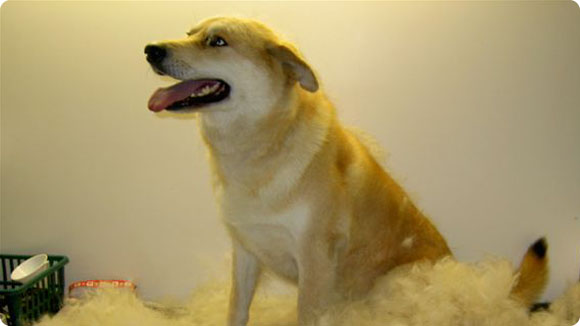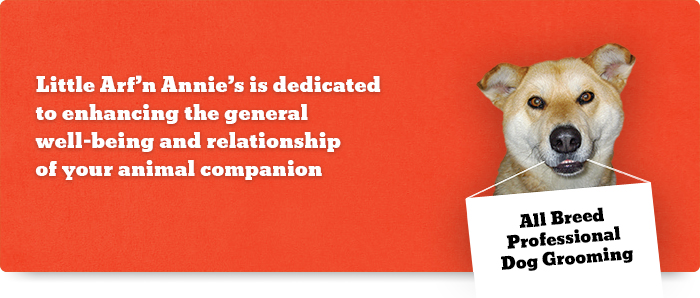Get Grooming
 Tuesday, May 18, 2010 at 8:50PM
Tuesday, May 18, 2010 at 8:50PM All dog guardians should know the basics when it comes to grooming their pet. Here are some tips that will help you groom and maintain your pet between professional grooming and veterinarian care.
Tools of the trade
For basic grooming of most pets some tools required are a slicker brush, metal comb, nail clippers, toothbrush with paste, ear cleaner and optional eye cleaning products. A collar and leash will help you secure your pet during the learning phase. For smaller pets, placing them on a table with a bathroom mat under them is a great way to help then understand that it is grooming time not playtime. Don’t forget some tasty treats. These treats can be used to reward your pet for good grooming behavior.
Brushing
Regular brushing will help maintain the health of your pets coat and skin by increasing the skins circulation and oils. For short coats, brushing the entire body with a slicker brush or rubber curry brush will bring out a nice shine and will feel like a nice massage. For longer coats, parting the hair and brushing close to the skin will remove tangles and undercoat. Always use a metal comb that will reach down to the pet’s skin. The comb will show you any tangles or fur that the brush may have missed.

Eyes
Excessive eye matter or hair around the eyes can build up and cause eye irritations, eye infections or staining if not cleaned regularly. Wipe your pet’s eyes daily with a wet tissue or use special eye cleaning pads. For longer coated pets, keep the eye area clipped short. Excessive tear staining or thick discharge may indicate a health problem that should be seen by a veterinarian.
Ears
Breeds with hanging ears or thick fur around their ears need special attention. To ward off infections clean the ears often with a cotton swab and some ear cleaner. Keep the ears dry and hair free. Talk to your veterinarian to see if plucking the hairs out of the inside of the ears is appropriate for your dog. Cats and dogs with upright ears still need a cleaning approximately once a week. Excessive wax, strange odor and or red itchiness could mean there is an infection.
Nails
This is usually the least favorite part of grooming for both the pet and their guardians. Educate yourself on how to clip their nails by asking your veterinarian or groomer to show you how to do it correctly. If you do not want to attempt it, leave this one up to the professionals. Even if you do not do the nails yourself, having a pet that is used to having their feet handled will make the experience less traumatic when a professional does it. For you brave ones, trim the nail a little at a time until you can see the “quick” (the blood vessel in the nail). This is easily seen on white nails but black ones are much harder to tell! If they do bleed don’t panic, use a commercial blood stopper.
Teeth
This is the most neglected aspect of grooming and is one of the most important. Getting in the habit of adding teeth brushing to your daily routine with your pet is important. It will give them nice smelling breath and will prevent many expensive and painful health issues later on in their life. All the products and different kinds of toothbrushes work well as long as they get used! Most pets love the taste of the toothpaste but if they really don’t like having their teeth brushed do a little at a time and reward with praise and treats. Eventually they will get better at it. If you see tarter build up, bad breath or red gums that are red and bleed it is time to see a vet. Gum infections are serious.
Get grooming because your dog will love you for it!
